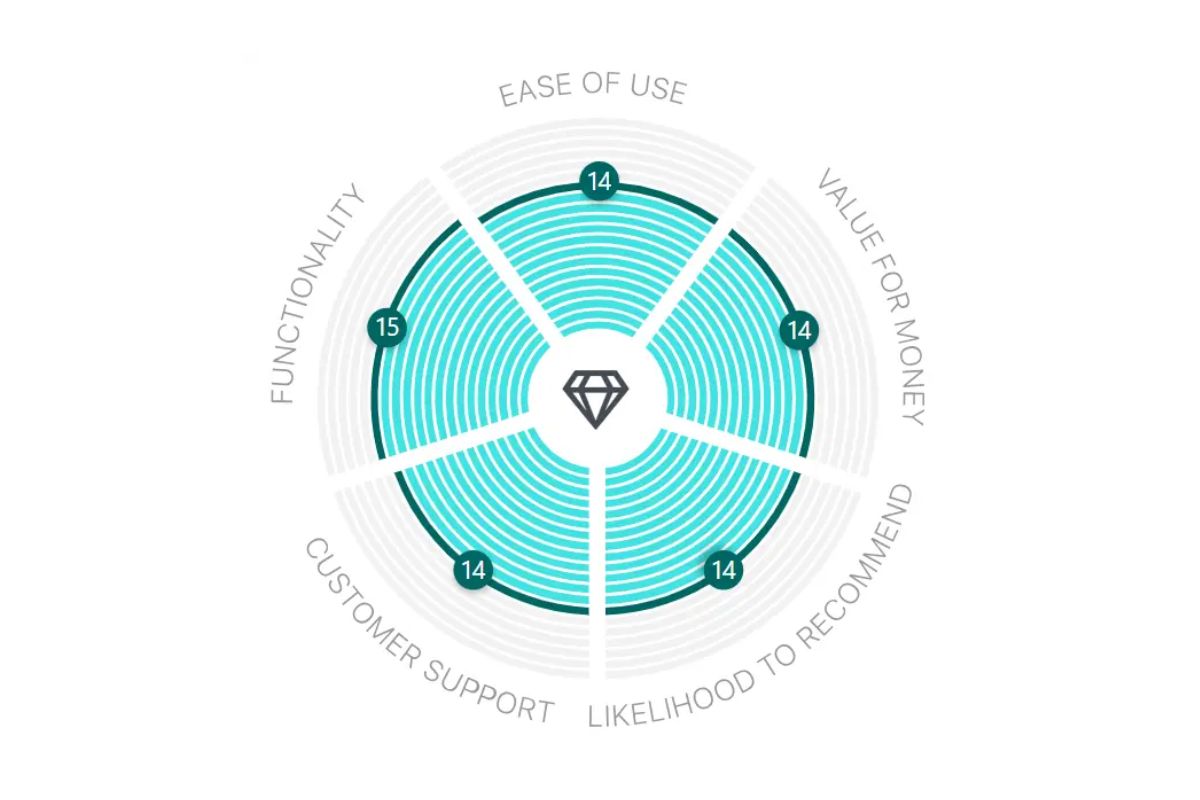What Exactly is Pillar Content Strategy?

In today’s digital landscape, content is at the heart of any successful marketing strategy. But not all content is created equal. To truly make an impact, you need a well-thought-out content strategy that not only attracts visitors but also retains them. This is where pillar content strategy comes into play.
If you’ve been struggling with driving traffic to your website, improving your search engine rankings, or even measuring your content’s return on investment (ROI), pillar content could be the solution you need. Let’s dive deep into understanding what pillar content is, how it works, and how you can integrate it into your content marketing efforts for lasting success.
What is Pillar Content?
Pillar content is a comprehensive, long-form piece of content that covers a broad topic in great detail. This content acts as the foundation of your content strategy, providing valuable, evergreen information to your audience while also boosting your website’s SEO.
In simpler terms, think of pillar content as the main hub on your website that links to smaller, more specific pages (known as topic clusters). Together, they form a content ecosystem that is easy for search engines to crawl, understand, and rank. It’s like creating a network of content that builds authority and drives consistent traffic to your site.
For example, if you run a business in digital marketing, you could create a pillar page on “Digital Marketing Strategies for 2025.” This page would provide a high-level overview of various digital marketing techniques like SEO, social media marketing, email marketing, etc., and link to more detailed pages or blog posts that dive deeper into each technique.
The Importance of Pillar Content Strategy
A pillar content strategy is designed to solve several marketing challenges. If your business is facing issues such as low website traffic, poor search rankings, or disconnected content and sales teams, a solid pillar content strategy can address these problems. Here’s why pillar content is essential for your business:
- Improves SEO Rankings: Pillar content helps your website rank higher in search engines. The internal linking structure created by pillar content and its related topic clusters allows search engines to crawl and index your content more effectively. It also signals to search engines that your website is an authoritative resource on a particular topic.
- Drives Organic Traffic: When you create high-quality pillar content that answers your audience’s questions comprehensively, it naturally attracts more organic traffic. The content serves as a one-stop resource for users looking for in-depth information, which keeps them engaged on your site longer.
- Enhances User Engagement: Pillar content isn’t just about attracting traffic; it’s also about keeping users engaged. Well-structured, valuable content that addresses your audience’s pain points keeps them coming back for more, which increases the time spent on your site and reduces bounce rates.
- Establishes Your Brand as an Authority: Pillar content helps you establish your business as an expert in your industry. By providing valuable and detailed information on your topic, you build trust with your audience and become a go-to resource for anyone interested in that subject.
- Unifies Your Content Marketing Strategy: When you implement pillar content, you create a unified content strategy. Rather than producing random pieces of content that don’t connect, pillar content helps you create a cohesive narrative and structure for your content, ensuring that every piece supports the other.
Components of a Successful Pillar Content Strategy
A pillar content strategy is not just about creating long-form content. It’s about creating a well-organised, interconnected system of content that enhances your SEO and keeps your audience engaged. Here are the key components to keep in mind while creating a successful pillar content strategy:
Identify the Right Topics
Choosing the right topics for your pillar content is crucial. Your topics should be broad enough to allow for in-depth coverage but also specific enough to target the needs and interests of your audience.
Start by thinking about what your target audience cares about. What are the most common problems they face? What questions do they frequently ask? These are the topics you should consider for your pillar content.
For instance, if you’re running an online store, a pillar content page could be about “The Ultimate Guide to E-commerce Marketing.” This topic would cover various aspects of e-commerce marketing, such as SEO for online stores, paid advertising, content marketing, etc.
Keyword Research
Keyword research is an essential part of pillar content strategy. By targeting the right keywords, you ensure that your pillar content ranks high in search results. Use tools like Google Keyword Planner, Ahrefs, or SEMrush to find keywords related to your broad topic. Focus on high-volume, broad keywords that people are actively searching for.
For example, if you’re creating pillar content around “Social Media Marketing,” some relevant keywords might include “social media strategies,” “Facebook marketing,” “Instagram tips,” and so on. By targeting these keywords, you can create a well-optimised pillar page that drives traffic to your site.
Create Structured Content
A pillar content piece should be well-structured, with clear headings and subheadings that make it easy for readers to navigate. Additionally, the content should include links to related topics or “topic clusters,” which are smaller, more specific pages that explore subtopics in detail.
For instance, if your pillar content is about “Email Marketing,” you could link to subpages on topics such as “Email List Building Tips,” “Crafting the Perfect Subject Line,” and “Email Automation Tools.” This creates a well-rounded content ecosystem that keeps users engaged and encourages them to explore related content.
Link to Supporting Cluster Content
The most significant feature of pillar content is its interconnectedness with related cluster content. Topic clusters are smaller, detailed pieces of content that dive into specific subtopics and link back to the pillar page.
For example, if your pillar page is about “Content Marketing,” you could create cluster content on various aspects such as “How to Create Engaging Blog Posts,” “The Role of SEO in Content Marketing,” or “How to Measure Content Marketing Success.” Each of these pieces would link back to the pillar page, creating a web of related content that enhances your site’s SEO.
Focus on Quality
While it’s important for your pillar content to be long and comprehensive, quality should always be the priority. Make sure your content is well-researched, informative, and valuable to your audience. It should answer your audience’s questions in a way that no other content on the internet does.
For example, instead of simply listing facts about a topic, offer actionable insights and strategies that your audience can implement. This will not only engage readers but also encourage them to share your content, driving more traffic to your site.
What are the SEO Benefits of Pillar Content?
Pillar content plays a significant role in improving your website’s SEO. Here’s how:
- Improved Search Rankings: By covering a broad topic and linking to detailed subtopics, pillar content aligns with how search engines evaluate and rank content. It increases the chances of your page appearing in search results for a variety of relevant queries.
- Better Website Analytics: With well-structured, valuable pillar content, your website sees better engagement metrics such as increased time on site, reduced bounce rates, and higher click-through rates (CTR).
- Internal Linking Strategy: The links within pillar content and between pillar and cluster pages make it easier for search engines to crawl and index your content, improving your site’s overall SEO health.
How to Implement a Pillar Content Strategy for Your Business
To implement a pillar content strategy successfully, follow these steps:
- Brainstorm Broad Topics: Think about the broad topics that are relevant to your audience and your business. Ensure these topics can be broken down into smaller subtopics for cluster content.
- Conduct Keyword Research: Identify the keywords you want to target for each pillar page and subpage.
- Create High-Quality Content: Develop your pillar content with thorough research, actionable insights, and engaging writing.
- Link to Cluster Content: Once your pillar content is live, create and link to smaller, detailed content pieces.
- Measure Performance: Use analytics to track the performance of your pillar content and refine your strategy as needed.
Conclusion
Pillar content strategy is a powerful approach to content marketing that can help improve your SEO, increase organic traffic, and establish your business as an authority in your field. By creating well-structured, comprehensive pillar content and linking it to related cluster content, you can create a seamless content ecosystem that attracts, engages, and converts your audience.
Whether you’re a small business owner or a marketing professional, integrating pillar content into your strategy can elevate your digital marketing efforts and help you achieve long-term success. So, take the time to plan your pillar content strategy, and watch your website performance soar!
Calling all Marketers!
🔴 Are you tired of searching for the perfect job?
Whether you're into content writing, SEO, social media, graphic design, or video editing—full-time, freelance, remote, or onsite—we've got your back!
👉 We post over 30 job opportunities every single day. Yes, every day (all verified).
Join the most reliable and fastest-growing community out there! ❤️
And guess what? It’s FREE 🤑
✅ Join our WhatsApp Group (Click Here) and Telegram Channel (Click Here) today for instant updates.






![What are Push Notifications? A Complete Guide [2025]](https://magicalmarketers.com/wp-content/uploads/2024/10/Social-Media1.jpg)
